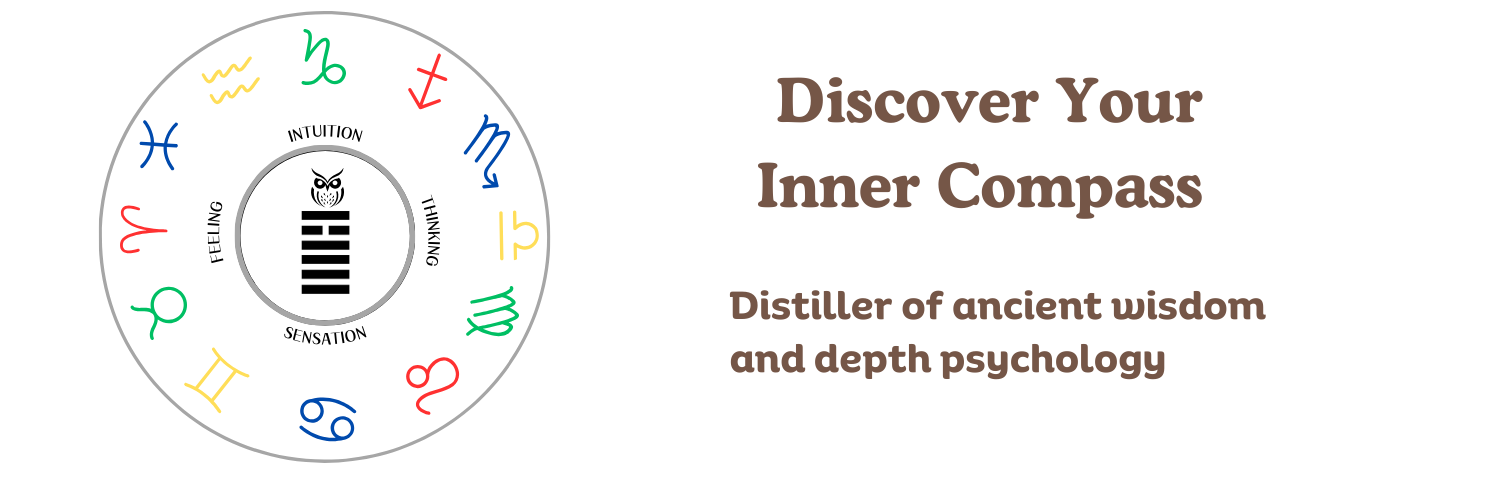A big problem with Jung’s Psychological Types book is that it is hard to read. Most people skip to the chapters where he describes the functions and type theory.
The seeds for MBTI were sown when Katherine Briggs read Psychological Types in 1923 and reportedly said “This is IT.” She wrote to Jung and went on to write to him four more times over the years. She met him in 1937 when he was in the United States for a lecture series. Katherine Briggs spent five years studying Jung’s Psychological Types. After that period she focused her attention on creating tools to bring Jung’s type to the masses. According to the book Personality Brokers, “She believed that knowing one’s type could save the soul of an individual while prompting him to assume the specialized offices that would help him advance civilization.”
In the 1940’s her daughter Isabel Myers became involved in developing the type survey. She said her mother wanted to make Jung’s insights more available to the average person. They wanted to contribute to the war effort by helping people understand human differences in the workplace.
In 1950 Myers sent Jung a three page description of MBTI. He wrote back and said “for any future development of the Type-Theory your Type Indicator will prove to be of great help.” Myers went on to dedicate her life to type and worked tirelessly to bring MBTI to fruition. She faced criticism for her lack of credentials. Undaunted, she went on to study statistics and her tutor, an engineer, said she had an intuitive grasp of it and soon surpassed him in knowledge of statistics. Her father helped open doors that allowed her to undertake extensive research in medical schools and high schools.
In 1957 MBTI attracted its first publisher and 60% of corporations were using personality types at that time. In 1969 clinical psychologist Mary McCaulley helped set MBTI on a solid course and it quickly flourished. In 1977 Myers was diagnosed with cancer. She finished her book Gifts Differing a short time before she died in 1980.
MBTI progressed from Myers’ dining room table to becoming internationally known and translated into multiple languages. Today type is roughly a $2 billion a year industry.
Jung’s Psychological Types is unapproachable for most people. But Isabel Myers went too far in the other direction when she said in a 1977 interview that MBTI could stand alone and did not need the context of Jung’s work. Unfortunately MBTI and other type systems place a focus on statistics and graphs over archetypes, patterns, dreams, and other soul work. Yet, without Myers and Briggs, Jung’s typology might have remained an obscure and overlooked work. Fortunately there are typology experts such as John Beebe, the late John Giannini, the late Daryl Sharp, Naomi Quenk, and others to help us benefit from the best of both type worlds.
In closing, we would all do well to keep Myers’ words in mind:
You psychologists, you’re always trying to find out what’s wrong with people,” … And this is not what type is about. Type is about how people reach their own special kind of excellence. This research is just a way for us to understand if people are having trouble on their pathway, how do we help them?
Personality Brokers by Merve Emre
Sources:
Personality Brokers by Merve Emre
Compass of the Soul by John L. Gianni
